Uncovering Royal Origins: First King of Caracol Discovered in 2025 Field Season
The ancient city of Caracol has once again revealed one of its most extraordinary secrets, the final resting place of its first ruler, Te K’ab Chaak, has been uncovered by archaeologists during the January 2025 field season.
This groundbreaking discovery was made by a research team from the University of Houston, led by Maya archaeologists Drs. Arlen and Diane Chase, who have conducted over four decades of work at Caracol. Their 2025 investigations were conducted under a research permit issued by the Institute of Archaeology (IA), part of the National Institute of Culture and History (NICH), and in close collaboration with IA’s archaeologist.
The Significance of Te K’ab Chaak’s Tomb
Te K’ab Chaak, who ascended the throne around 331 AD, is recognized as the founder of Caracol’s royal dynasty, a political lineage that would last for nearly five centuries. The discovery of his tomb provides invaluable insight into the origins of rulership, diplomacy, and power in ancient Belize.
The tomb, discovered beneath a royal shrine in Caracol’s Northeast Acropolis, was richly furnished. Among the offerings were jadeite jewelry, elaborately carved pottery vessels, bone tubes, Pacific spondylus shells, and a mosaic jadeite death mask, all hallmarks of high-status Maya elite burials. The team also found pottery featuring deities, rulers, and bound captives, suggesting themes of authority and divine legitimacy.
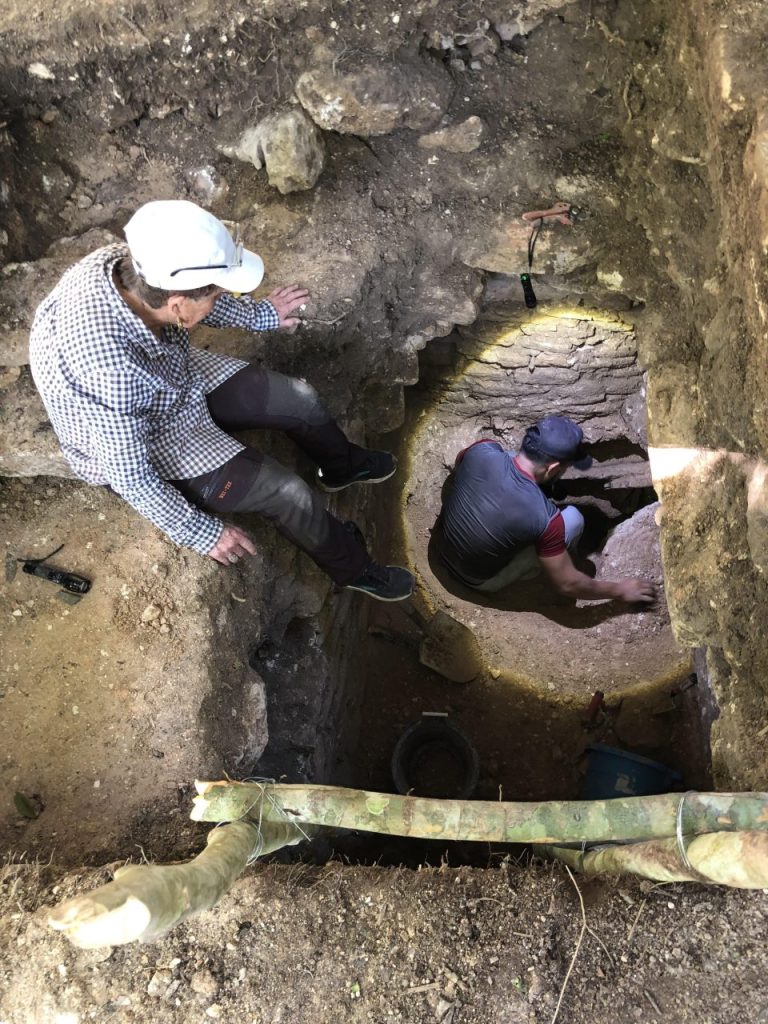
This is the first confirmed royal tomb ever excavated at Caracol, despite over 40 years of dedicated fieldwork at the site. It is a testament to the enduring mysteries held within Belize’s ancient landscapes.
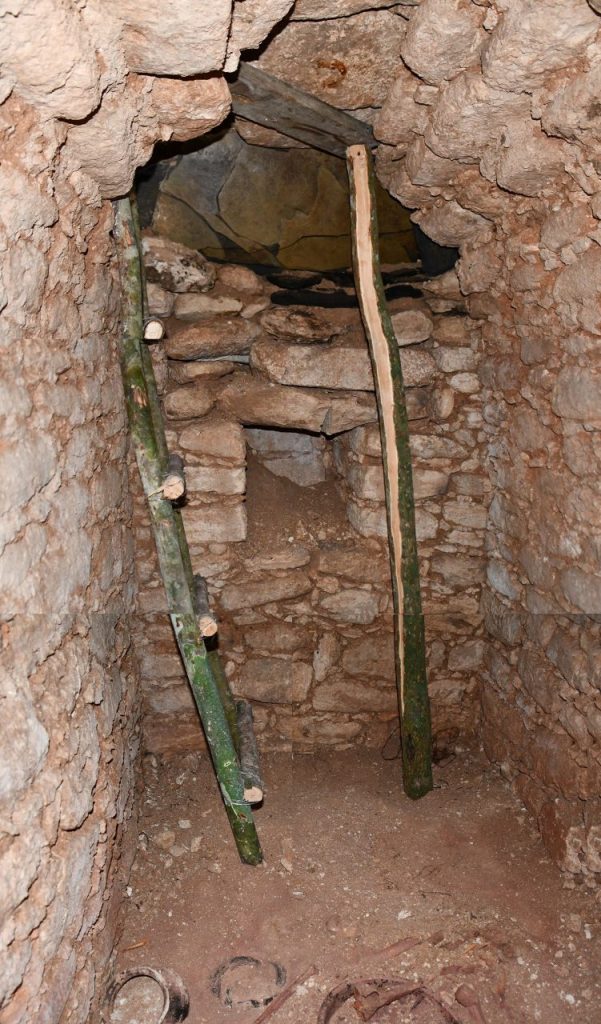
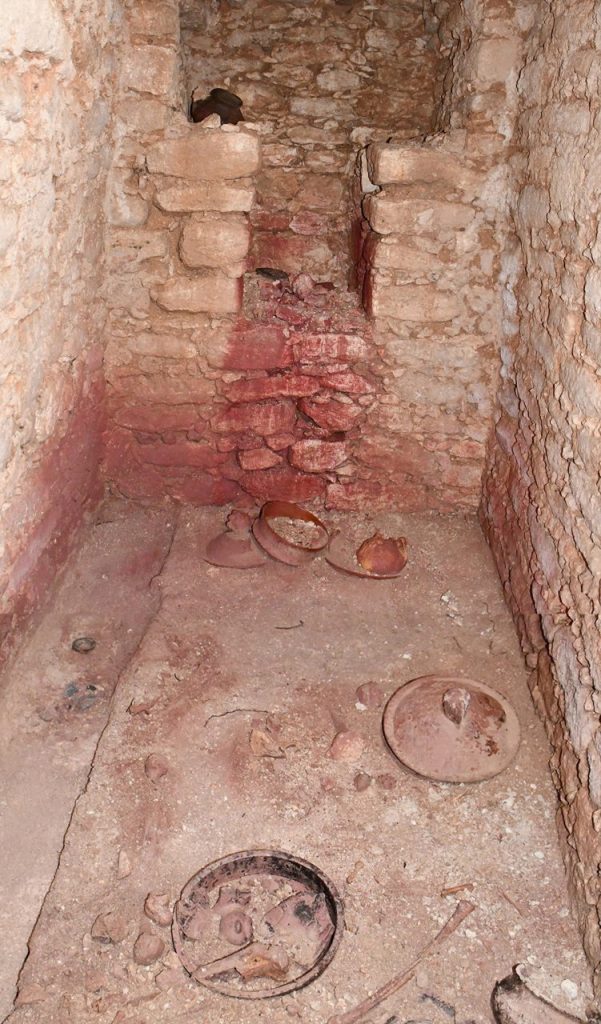
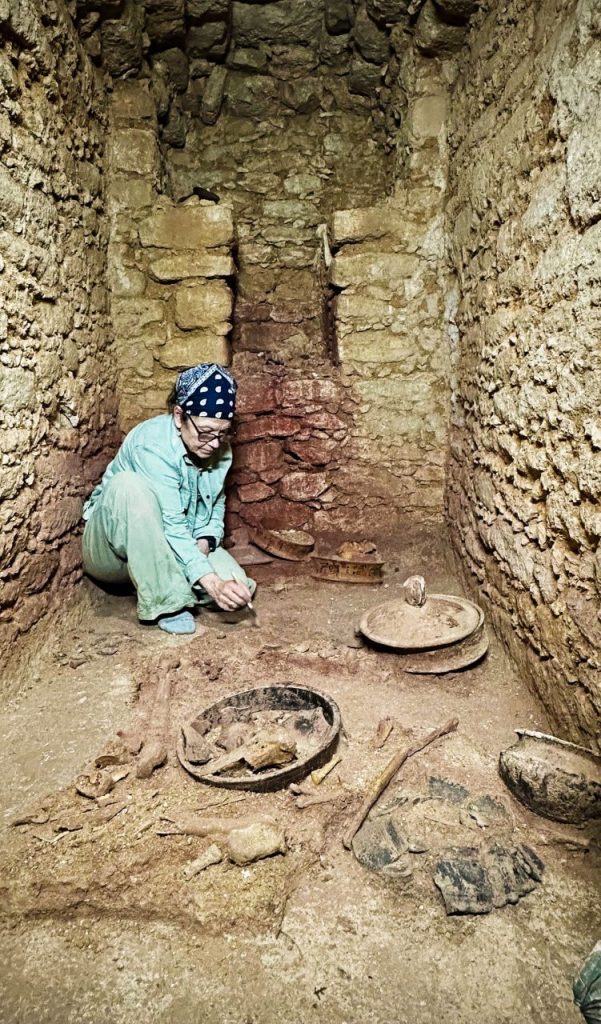
Collaborative Research: IA Staff at the Heart of the Discovery
What sets this project apart is not only the historic nature of the discovery, but also the active participation of Belizean archaeologists. Staff archaeologist from the Institute of Archaeology were directly involved in the 2025 excavations, working alongside the University of Houston team at every stage of the process, from excavation and documentation to artifact processing and analysis.
This collaboration reflects the IA’s ongoing commitment to maintaining a strong presence and supervisory role in all permitted archaeological work in Belize. Through joint fieldwork and shared expertise, the IA ensures that discoveries like this are grounded in scientific integrity, cultural respect, and national interest.
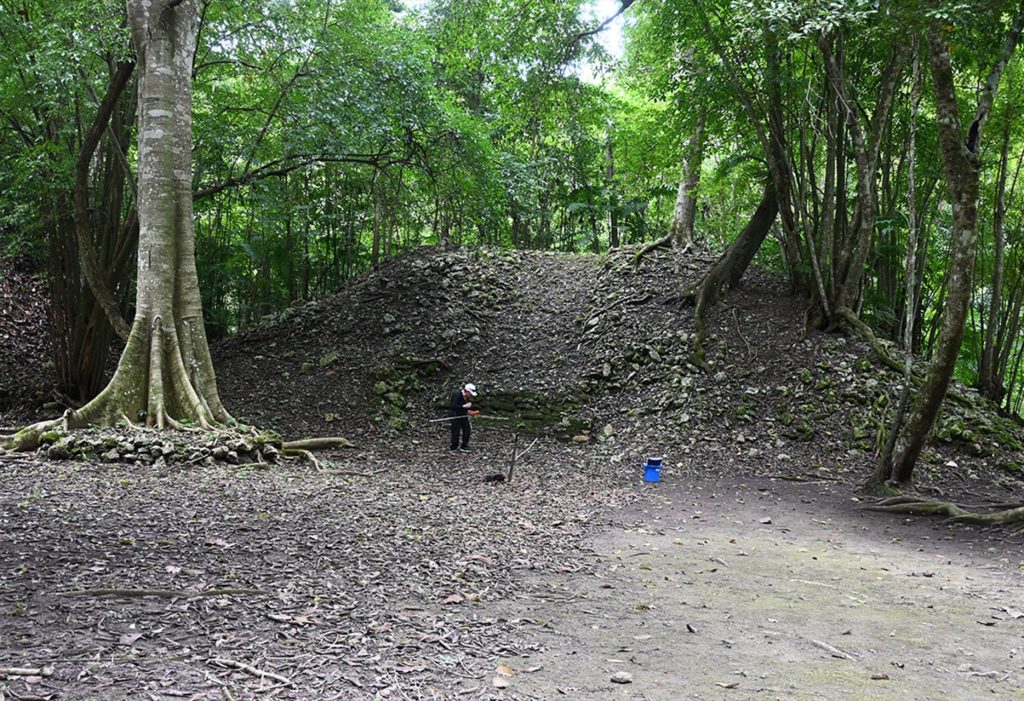
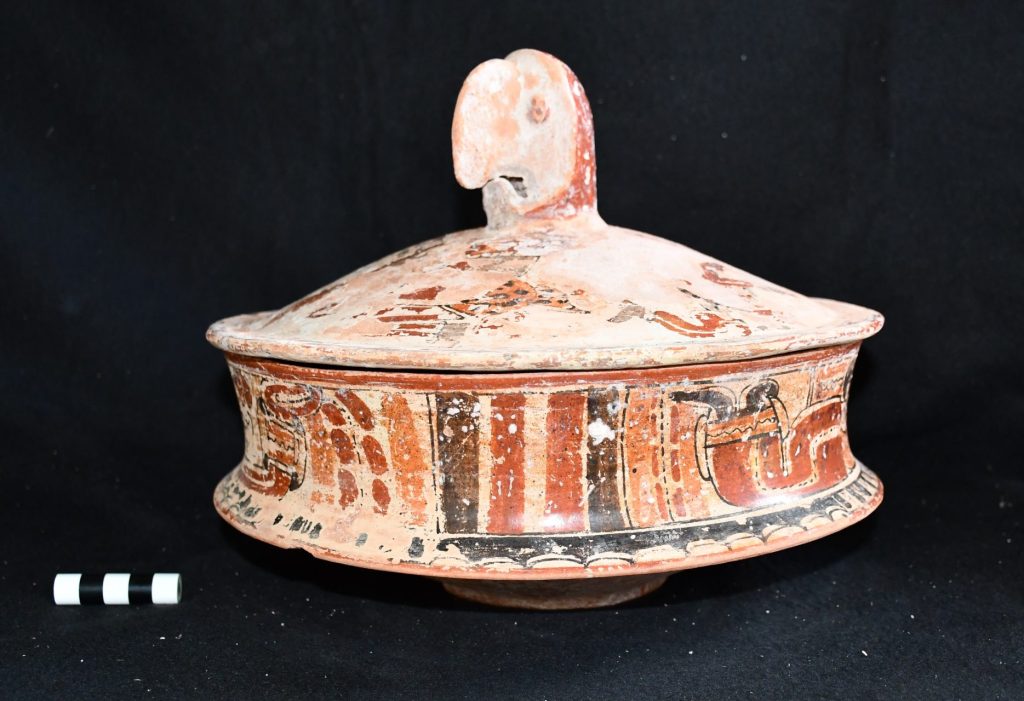
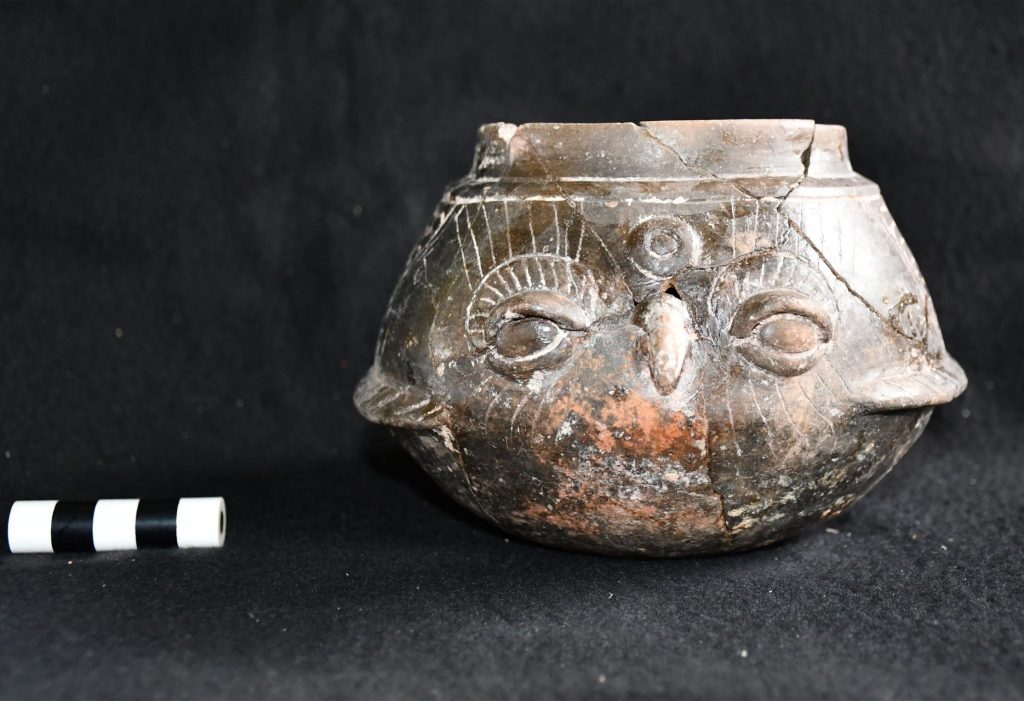
Caracol and the Mesoamerican World
What makes this discovery even more remarkable is its wider context. Archaeological and iconographic evidence from the burial and related finds suggest a period of strong cultural exchange and political interaction between the Maya world and Teotihuacan, the powerful central Mexican city located over 1,200 kilometers away.
Artifacts recovered include green obsidian blades from Pachuca, Teotihuacano-style atlatl points, and Mexican-style cremation practices, showing that Caracol’s early rulers were part of a pan-Mesoamerican diplomatic network. This rewrites what we thought we knew, it places Belize at the center of regional history, not the periphery.
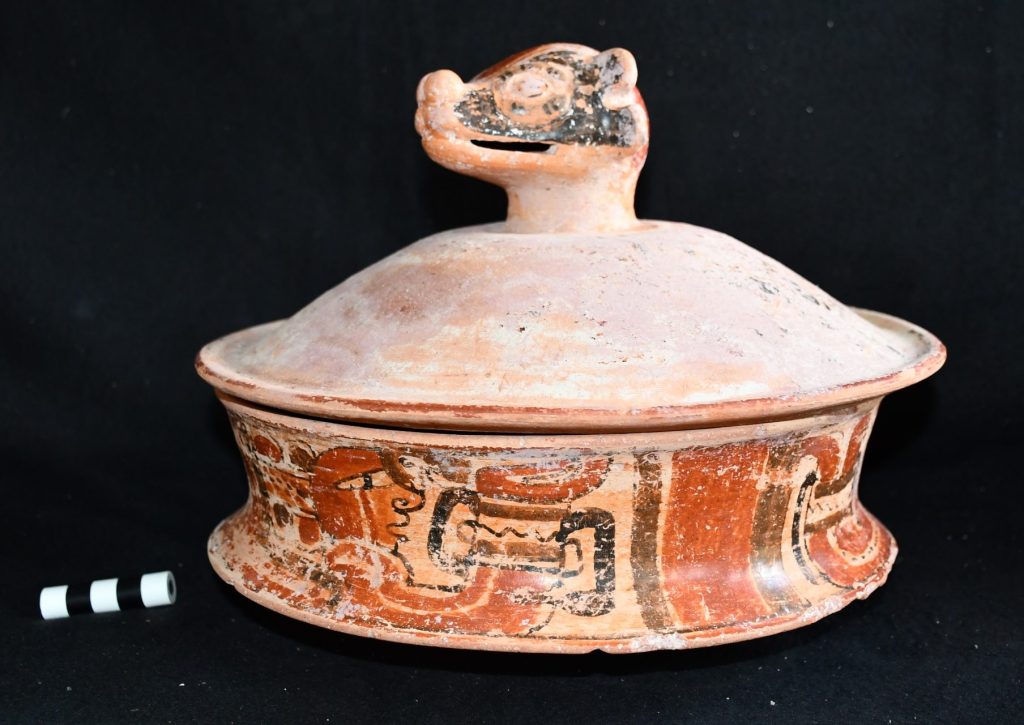
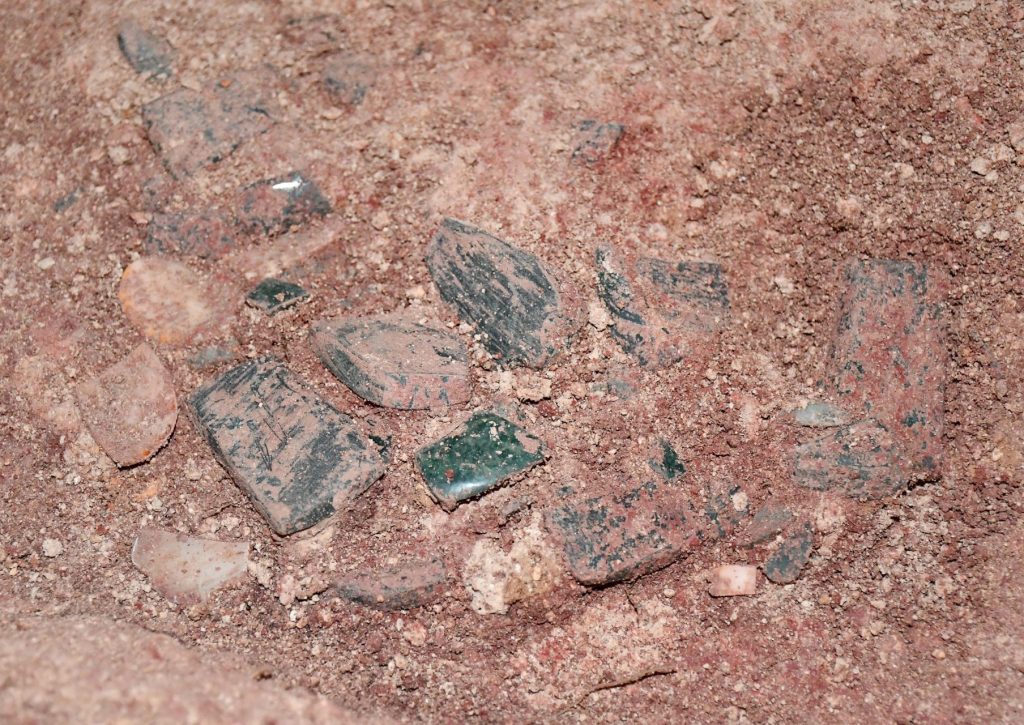

Belize’s Commitment to Cultural Heritage
The Institute of Archaeology is proud to support research that is conducted responsibly, ethically, and in collaboration with the IA. Every foreign or local archaeological project undergoes a rigorous permitting process to ensure that findings benefit the people of Belize and contribute to broader historical understanding.
“This find is one of the most important discoveries in recent memory,” said Dr. Melissa Badillo, Director of the Institute of Archaeology. “It confirms that Belize has been home to major political, economic, and cultural developments that shaped the entire Maya world. And it reminds us that there is still so much to learn from our heritage.”
The IA will continue to work closely with the University of Houston team as they conduct further analyses on the skeletal remains and artifacts, including ancient DNA testing, isotopic analysis, and the reconstruction of the jadeite mask. These efforts will help piece together more of Te K’ab Chaak’s life story, and the beginnings of Caracol as a Maya superpower.
Artifacts recovered include green obsidian blades from Pachuca, Teotihuacano-style atlatl points, and Mexican-style cremation practices, showing that Caracol’s early rulers were part of a pan-Mesoamerican diplomatic network. This rewrites what we thought we knew, it places Belize at the center of regional history, not the periphery.
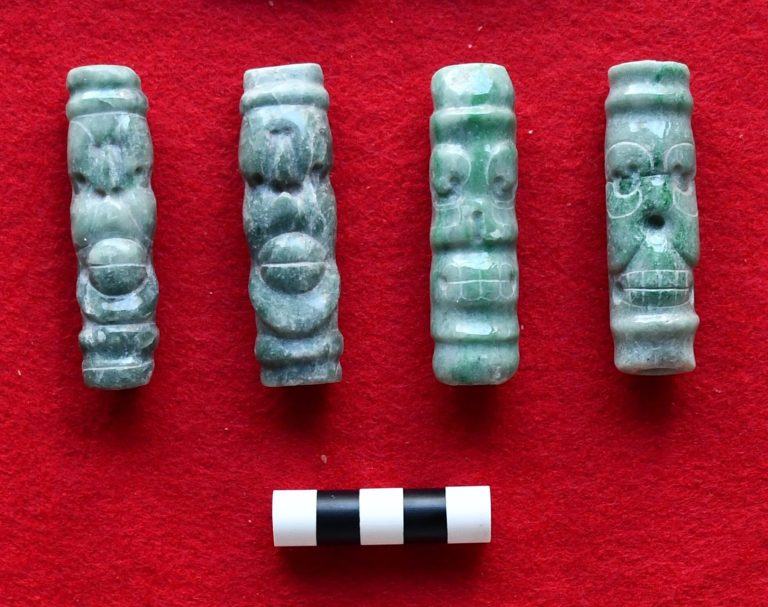
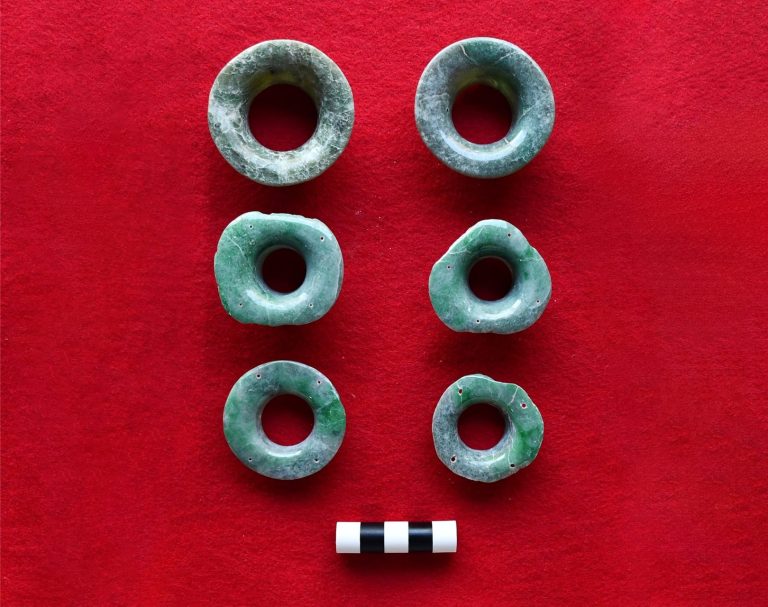
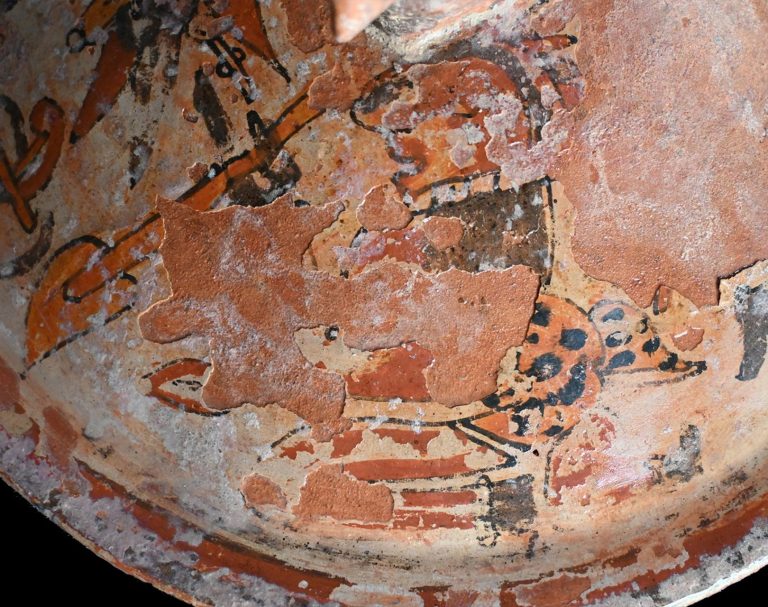
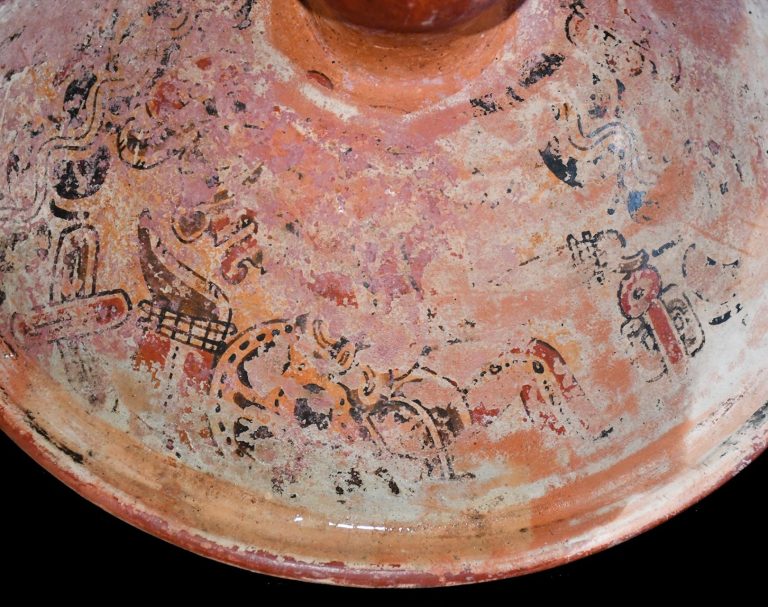
Moving Forward
As research continues, the Institute encourages all Belizeans to take pride in our national heritage. Each discovery not only tells us more about our past, it strengthens our cultural identity and our place in global history.
The Institute of Archaeology remains committed to preserving Belize’s archaeological material, promoting education, and fostering collaboration through permitted research projects.
To learn more about Belize’s archaeological reserves and current research initiatives, follow the IA on Facebook or visit our page here on the NICH website.

Written by Institute of Archaeology, NICH
July 9, 2025


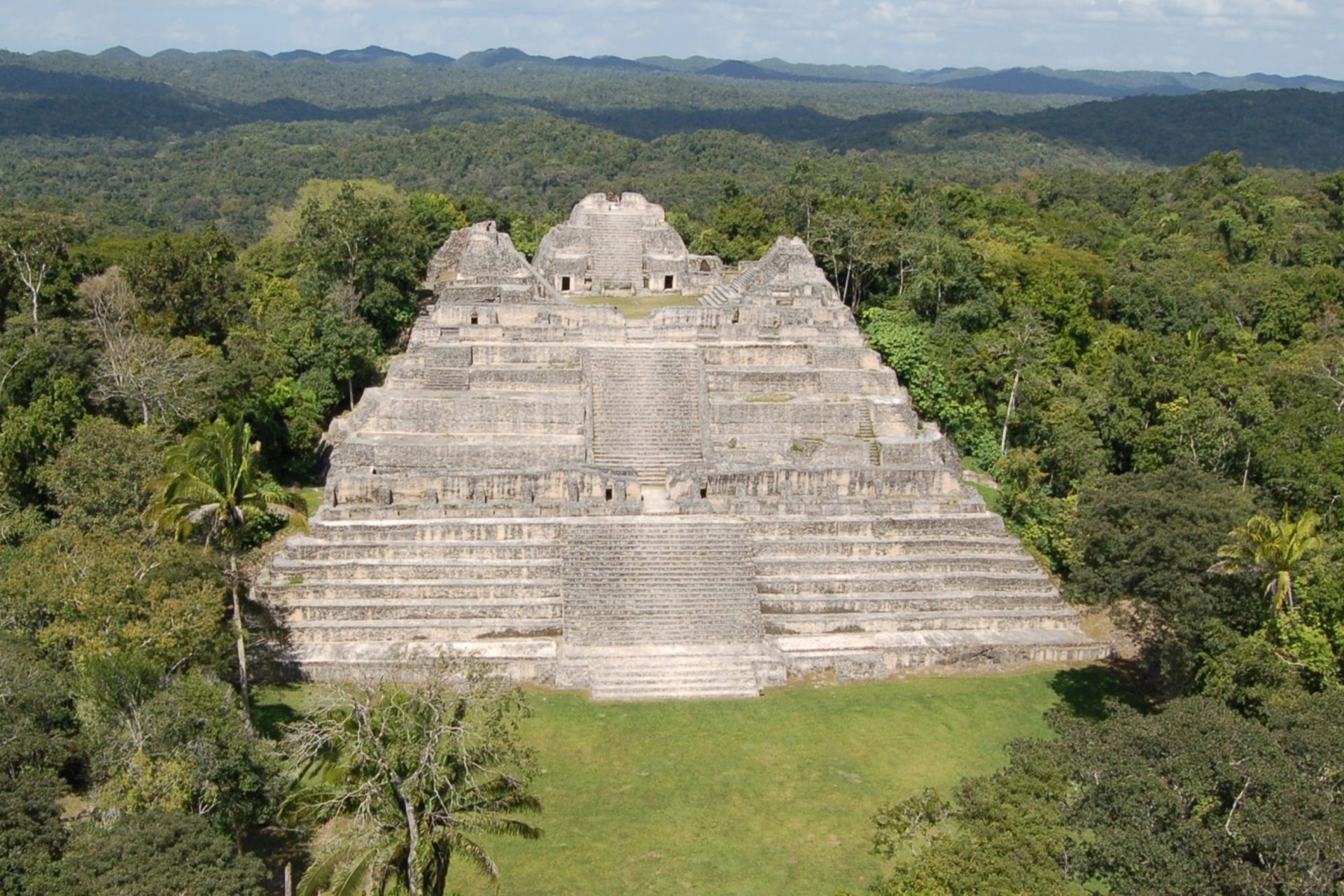
Add your first comment to this post